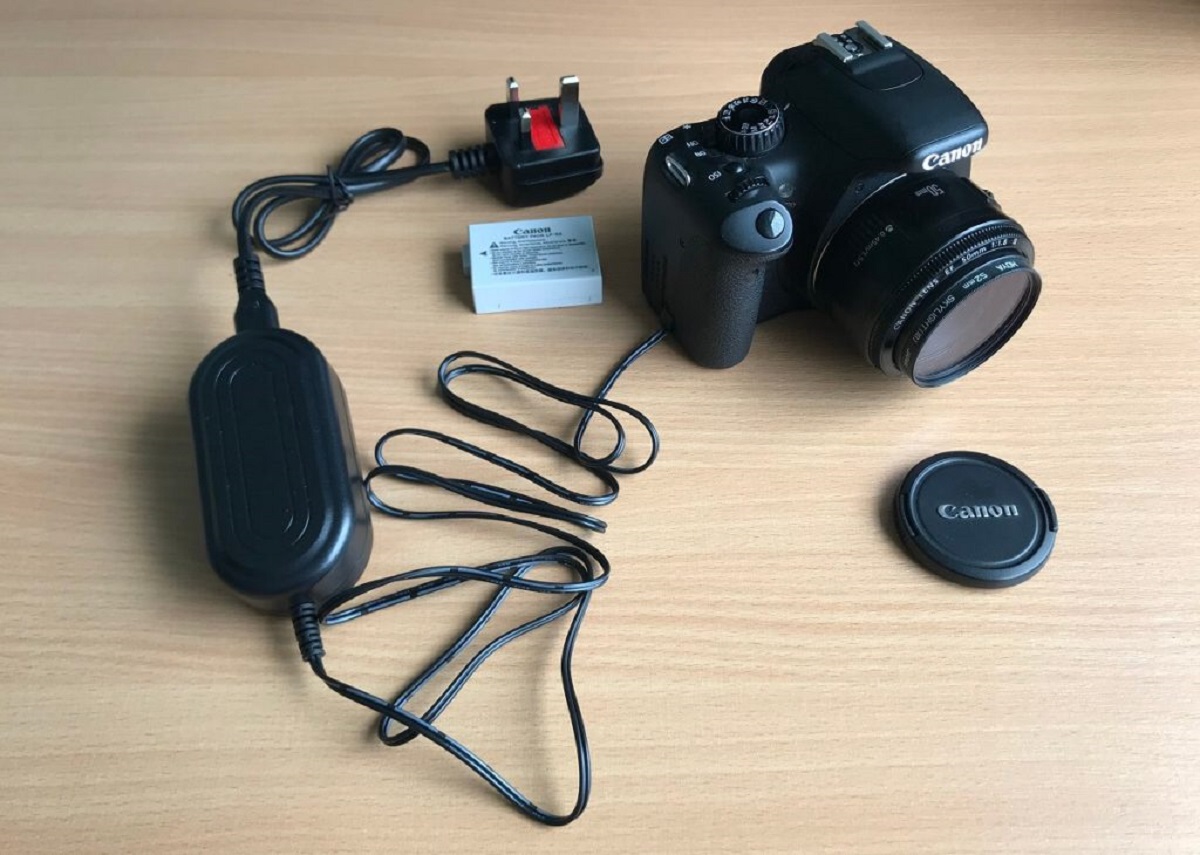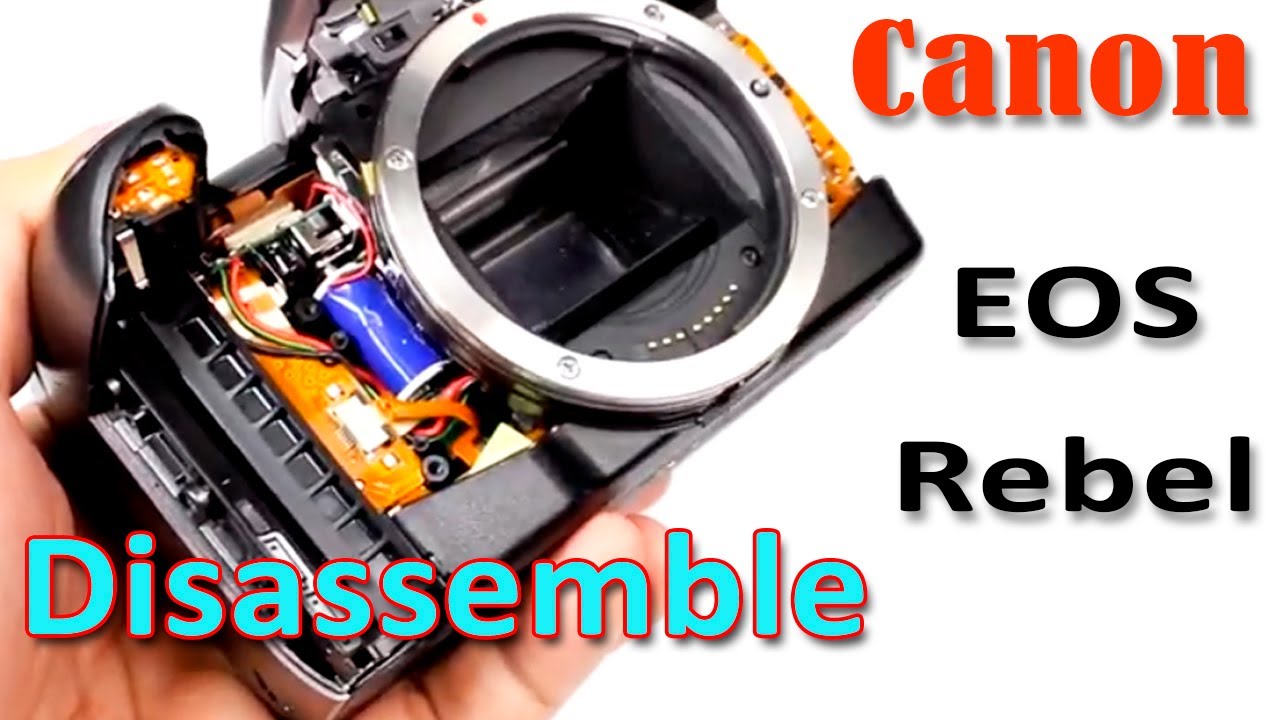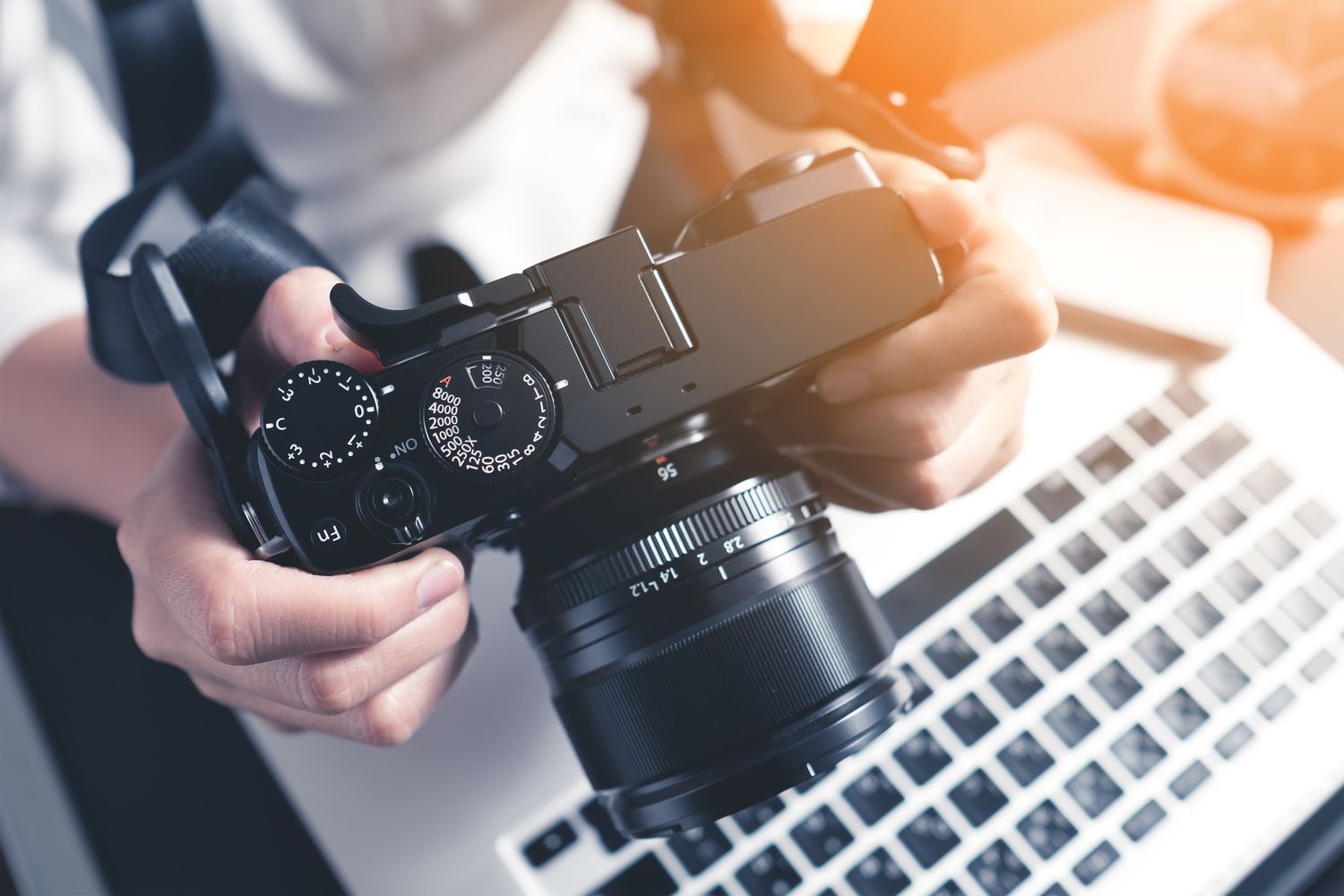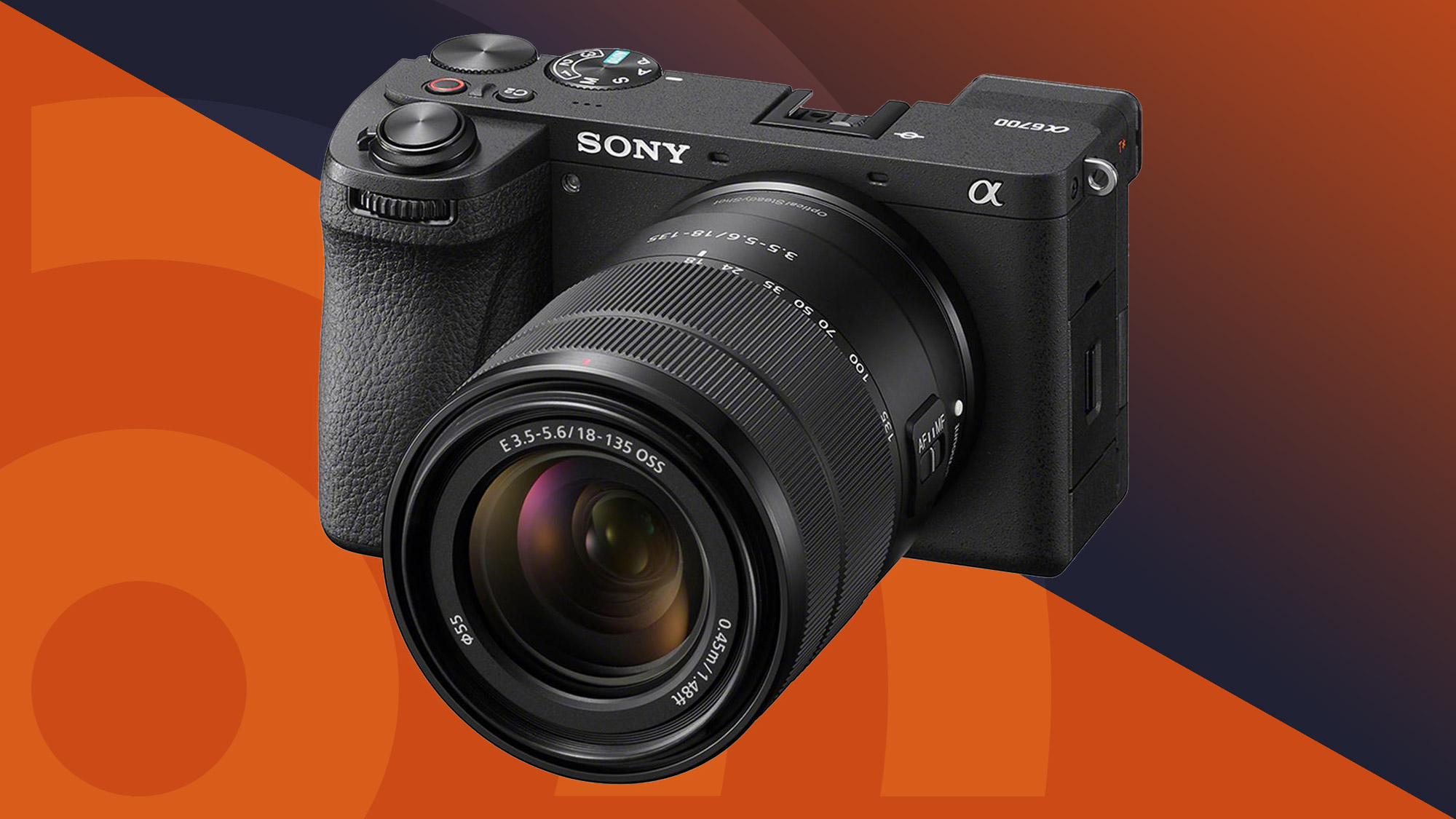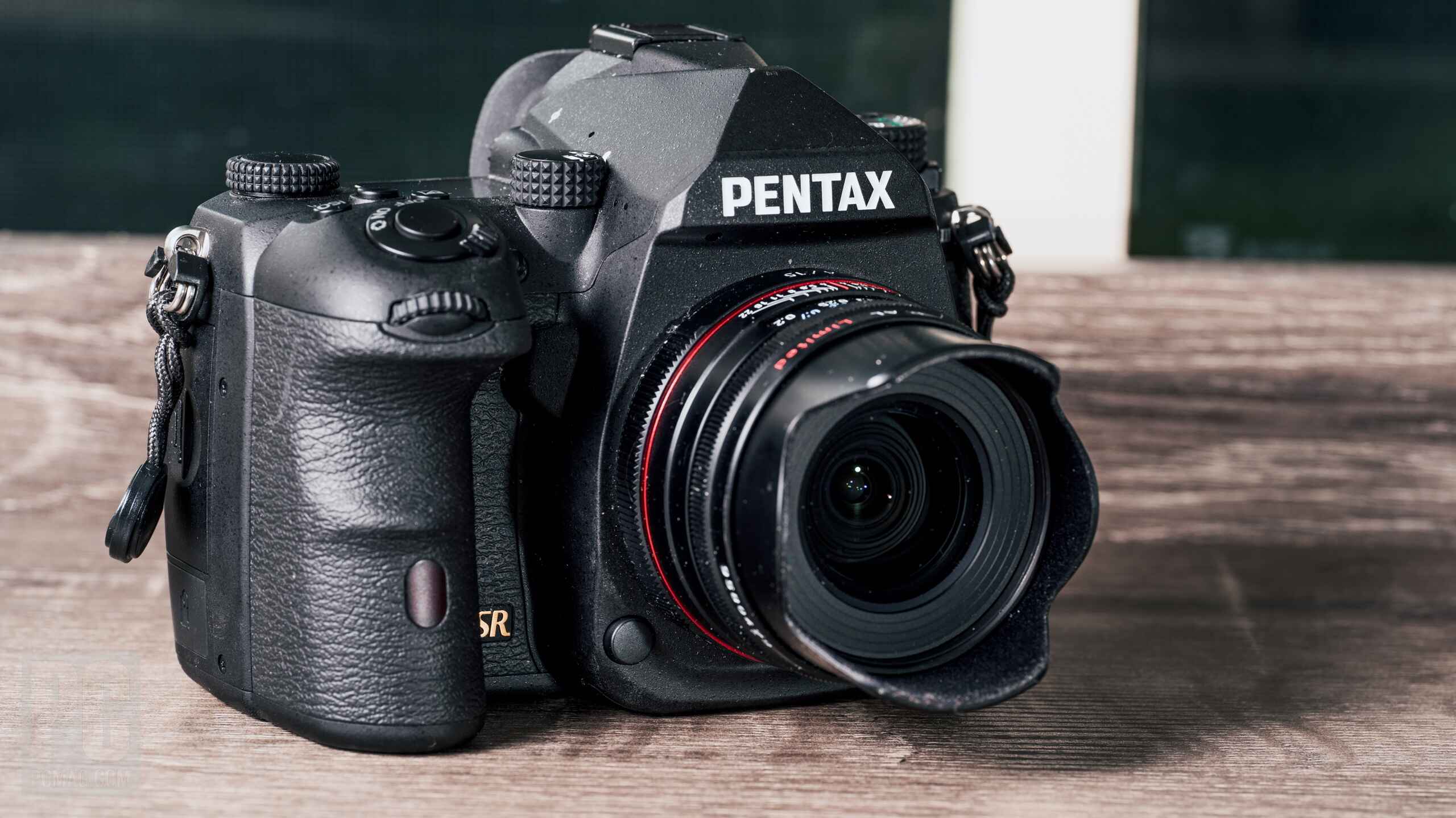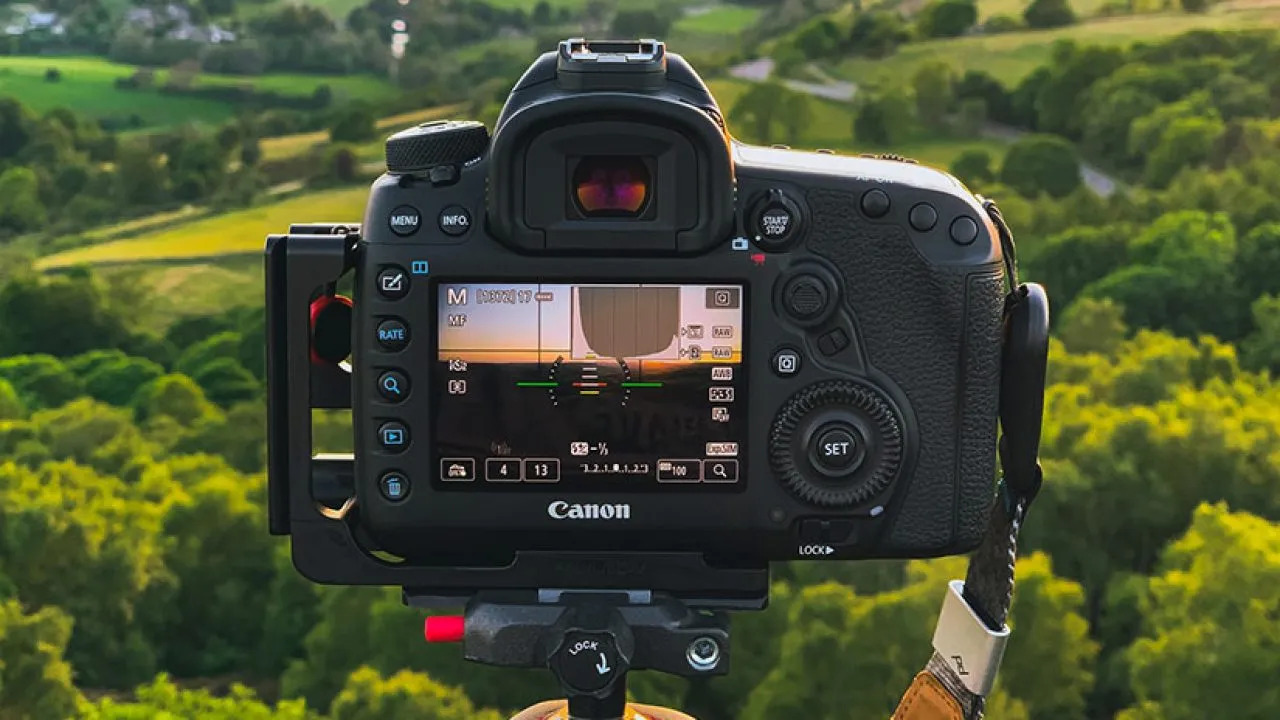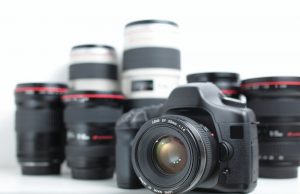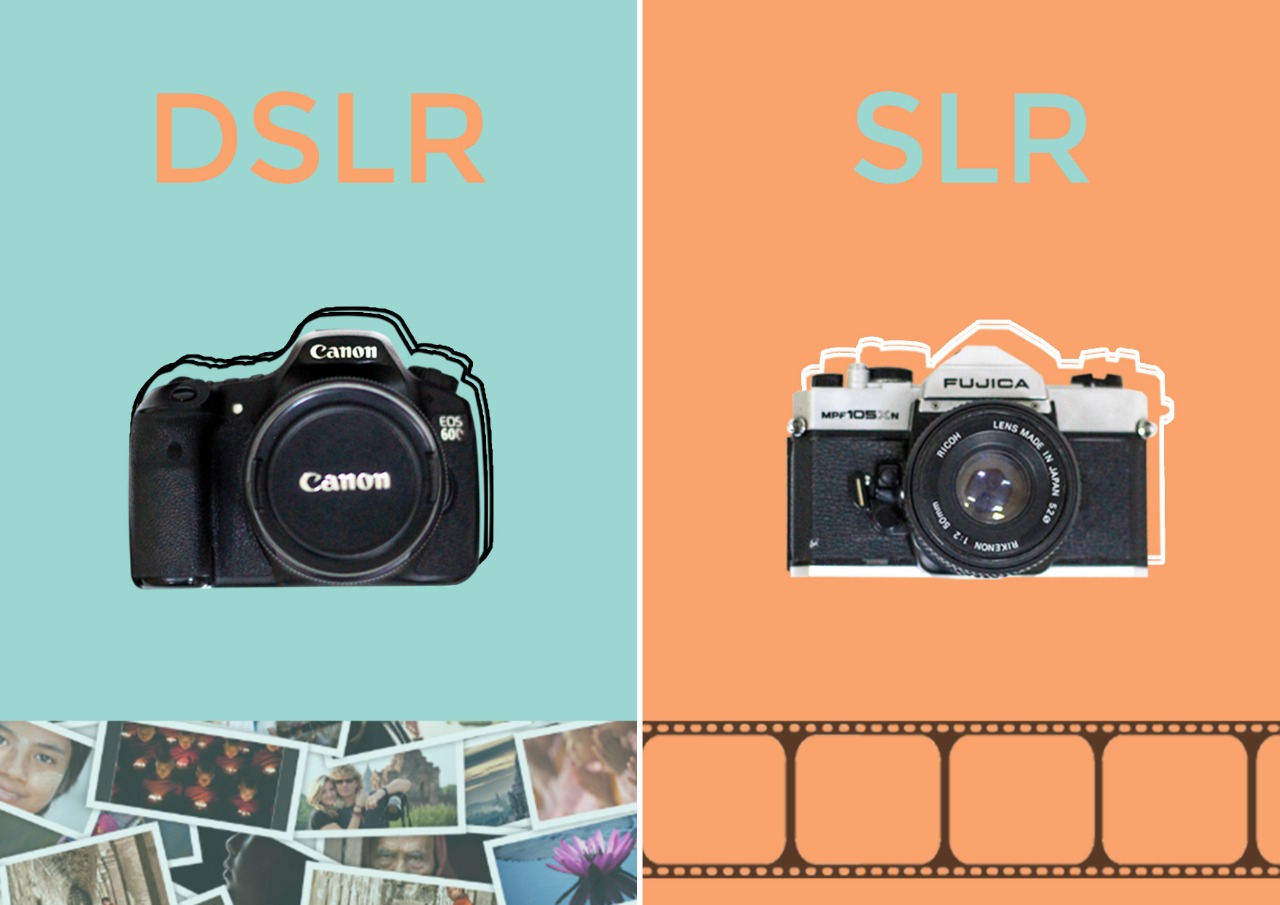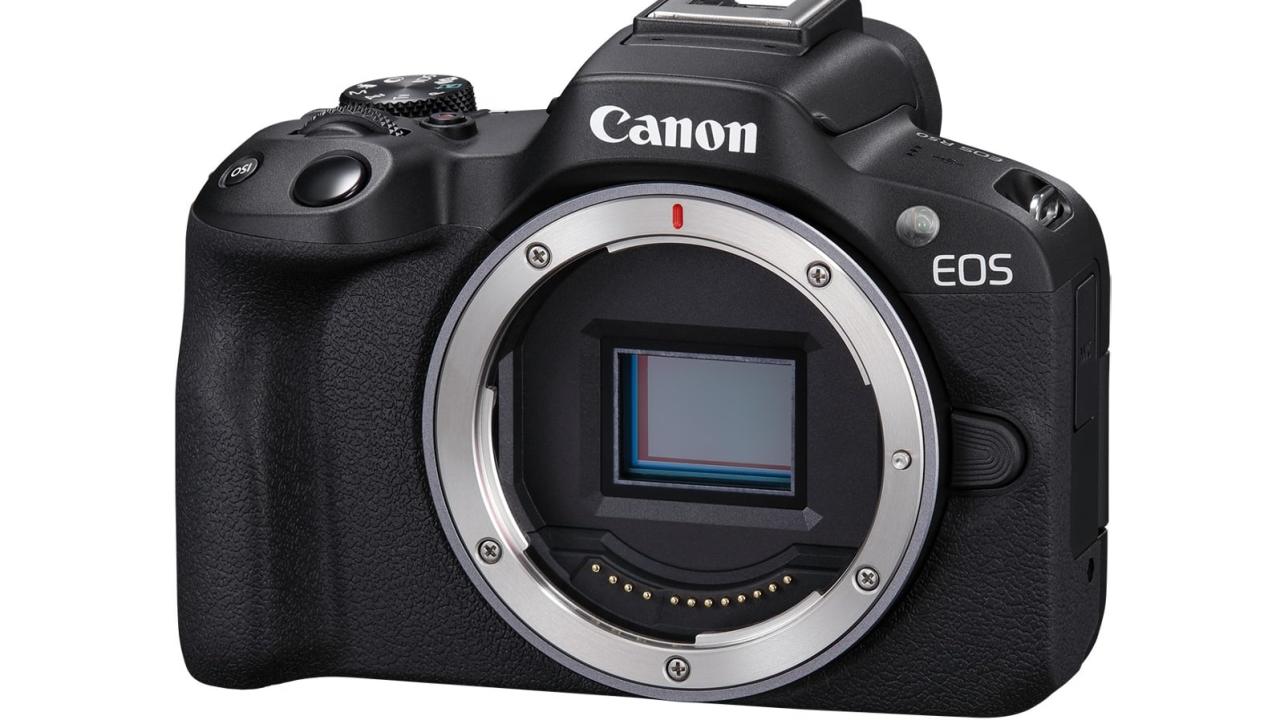Introduction
Digital SLR cameras have become increasingly popular among photography enthusiasts and professionals alike. Their advanced features, superior image quality, and versatility make them an excellent choice for capturing stunning photographs. However, one aspect that is often overlooked is the amount of electricity these cameras consume.
Understanding the power consumption of a digital SLR camera is essential not only for environmental reasons but also to help you make informed decisions about energy usage and cost. In this article, we will delve into the topic of how much electricity a digital SLR camera consumes, exploring the factors that affect power consumption and providing tips to reduce energy usage.
With the rapid advancements in technology, digital SLR cameras have become more energy-efficient compared to their predecessors. However, they still require a considerable amount of electricity to operate, especially when shooting in high-resolution modes or utilizing advanced features like image stabilization or continuous shooting.
By understanding the power requirements of your digital SLR camera, you can not only manage your electricity consumption but also take necessary steps to ensure that you have sufficient power sources, such as spare batteries or a reliable power supply, when shooting in remote locations or during extended photography sessions.
Moreover, being mindful of the environmental impact of our actions is crucial in today’s world. By reducing the power consumption of our digital SLR cameras, we can contribute to the overall energy conservation efforts and minimize our carbon footprint.
In the following sections, we will explore the power consumption of digital SLR cameras in more detail, including the factors that influence energy usage and how to calculate the watts usage of your camera. We will also provide practical tips to reduce power consumption without compromising the quality of your photographs. Let’s dive in and discover the electricity usage of digital SLR cameras!
Power Consumption of Digital SLR Cameras
The power consumption of a digital SLR camera varies depending on various factors, including the camera model, shooting conditions, and usage patterns. Generally, digital SLR cameras consume more power compared to compact point-and-shoot cameras due to their larger sensors, more advanced features, and higher processing capabilities.
When a digital SLR camera is turned on, it starts drawing power from the battery or power source. The power consumption increases when you engage in activities such as composing the shot, autofocusing, reviewing images on the LCD screen, or using the built-in flash. Continuous shooting, video recording, and utilizing features like image stabilization or Wi-Fi connectivity can further increase energy usage.
It’s important to note that power consumption can also vary based on the settings you choose. For example, shooting in RAW format, using a high ISO, or enabling extended exposure times can increase the power requirements of your camera. Additionally, recording videos in higher resolutions and frame rates will demand more power compared to shooting still photographs.
Furthermore, factors like ambient temperature and battery condition can affect power consumption. In colder temperatures, batteries tend to drain faster, requiring you to carry spare batteries or use external power sources. Additionally, an aged or degraded battery may have reduced capacity, resulting in shorter battery life and more frequent recharging.
It’s worth noting that different camera manufacturers and models may have varying power consumption levels. Some digital SLR cameras feature power-saving modes or energy-efficient technologies that can help to extend battery life. Checking your camera’s user manual or the manufacturer’s website can provide specific information on power consumption for your camera model.
By having a clear understanding of the power consumption patterns of your digital SLR camera, you can effectively plan and manage your energy usage. Whether you’re shooting casually or professionally, being mindful of power consumption can help you avoid unexpected battery drain during critical moments and ensure uninterrupted photography sessions.
In the next section, we will delve into the factors that influence the power consumption of digital SLR cameras, offering valuable insights into how you can optimize energy usage without compromising the quality of your photos. Let’s explore how different factors impact the power requirements of your camera!
Factors Affecting Power Consumption
Several factors contribute to the power consumption of digital SLR cameras. Understanding these factors is crucial for optimizing energy usage and extending battery life. Let’s explore the key factors that influence the power requirements of your camera.
1. Shooting Mode: The shooting mode you select on your digital SLR camera can significantly impact power consumption. Shooting in continuous mode, where the camera takes multiple shots in quick succession, requires more power than single-shot mode. Additionally, using burst mode or high-speed continuous shooting further increases energy usage.
2. LCD Screen: The LCD screen on your camera consumes a considerable amount of power, especially when used for image composition, reviewing images, or navigating through menu settings. To conserve energy, consider using the optical viewfinder instead of relying solely on the LCD screen.
3. Autofocus and Image Stabilization: Features like autofocus and image stabilization contribute to power consumption. While these features are valuable for achieving sharp and stable shots, they require additional power. If you find that you don’t need them in certain shooting scenarios, consider disabling them to conserve energy.
4. Flash Usage: Utilizing the built-in flash on your digital SLR camera can significantly drain battery life. Flash consumes a large amount of power, especially when used frequently or at high outputs. Assess the lighting conditions and consider using external flash units or natural light whenever possible to reduce power consumption.
5. Camera Settings: Adjusting various camera settings can impact power consumption. Higher ISO settings, larger apertures, and longer exposure times can demand more energy. Evaluating the shooting conditions and adjusting settings accordingly can help optimize power usage without compromising image quality.
6. Ambient Temperature: Extreme temperatures, both hot and cold, can affect battery performance. In colder temperatures, batteries tend to drain faster. Similarly, excessive heat can shorten overall battery life. It’s essential to be aware of the operating temperature range specified by the camera manufacturer and take precautions accordingly.
7. Battery Condition: The condition of your camera’s battery plays a significant role in power consumption. Over time, batteries can lose their capacity, resulting in shorter battery life and more frequent recharging. Periodically replacing old or degraded batteries can help maintain optimal power performance.
By considering these factors and making conscious decisions about your camera settings and shooting conditions, you can effectively manage power consumption. In the next section, we will explore how to understand the watts usage of your digital SLR camera to gain a better understanding of its power requirements. Let’s uncover the watts usage of your camera!
Understanding the Watts Usage of a Digital SLR Camera
Understanding the watts usage of your digital SLR camera can provide valuable insights into its power requirements and help you manage energy consumption effectively. Watts is a unit of power that measures the rate at which energy is consumed by an electrical device, such as a camera.
The power consumption of a digital SLR camera can vary depending on various factors, including camera model, shooting conditions, and usage patterns. To gain a better understanding of the watts usage of your camera, you can refer to the camera’s specifications provided by the manufacturer.
The camera’s specifications typically mention the power consumption in terms of watts (W). This value gives you an idea of the maximum power drawn by the camera from the battery or power source under typical operating conditions. Keep in mind that the actual power consumption can vary depending on the shooting mode, settings, and other factors discussed earlier.
It’s important to note that the power consumption mentioned in the camera specifications represents the maximum power usage and does not necessarily reflect the power consumed continuously throughout a photography session. The power consumption may fluctuate as you engage in different activities, such as capturing images, reviewing them on the LCD screen, or using advanced features.
Understanding the watts usage of your digital SLR camera is crucial for managing energy resources effectively. It allows you to calculate the estimated power consumption for a specific duration and plan accordingly by carrying spare batteries or using external power sources like battery grips or AC adapters.
Calculating the estimated power consumption involves multiplying the watts usage of the camera by the number of hours or minutes of continuous usage. For example, if your camera has a power consumption of 10 watts and you plan to shoot continuously for 2 hours, the estimated energy requirement would be 20 watt-hours (10 watts x 2 hours).
However, it’s essential to consider that this calculation merely provides an estimate and does not account for factors like intermittent usage, power-saving modes, or the impact of other camera features on power consumption. It’s always recommended to carry extra batteries or power sources to ensure uninterrupted shooting sessions.
Knowing the watts usage of your digital SLR camera empowers you to make informed decisions about power management and energy efficiency. With this knowledge, you can optimize your energy consumption, maximize battery life, and ensure that you have sufficient power for your photographic needs.
In the next section, we will explore practical tips to reduce power consumption without compromising the quality of your digital SLR camera images. Let’s discover how you can save energy while capturing stunning photographs!
Tips to Reduce Power Consumption of a Digital SLR Camera
Reducing power consumption is not only beneficial for managing energy resources but also helps to extend battery life and ensure uninterrupted photography sessions. Here are some practical tips to minimize the power usage of your digital SLR camera without compromising the quality of your images:
1. Use Power-Saving Modes: Take advantage of the power-saving modes offered by your camera. These modes automatically adjust various settings to conserve energy. For example, the sleep mode or standby mode can help conserve power when the camera is idle for a certain period. Additionally, enabling the auto power-off feature can help save energy when the camera is not in use.
2. Adjust LCD Brightness: Lowering the brightness of the LCD screen can significantly reduce power consumption. The high brightness setting can drain battery life quickly, so adjust it according to the shooting conditions. If possible, use the optical viewfinder to compose shots instead of relying solely on the LCD screen.
3. Limit Autofocus Usage: Autofocus can consume a significant amount of power, especially when constantly hunting for focus in low-light situations. Switching to manual focus when conditions permit can help conserve energy. Additionally, using the focus lock function or pre-focusing on a subject can minimize the need for repeated autofocus attempts.
4. Manage Image Stabilization: Image stabilization features can be power-hungry. Use it only when necessary, such as in low-light situations or when shooting with longer focal lengths. For stationary subjects or when using a tripod, consider disabling image stabilization to reduce power consumption.
5. Minimize Flash Usage: The built-in flash on a digital SLR camera can consume a significant amount of power. To conserve energy, use flash only when needed and consider relying on natural lighting or external flash units whenever possible. Dial down the flash intensity to the lowest necessary level to save battery life.
6. Optimize Shooting Settings: Adjusting various camera settings can help optimize power usage. Consider shooting in JPEG mode instead of RAW if image quality permits, as RAW files require more processing power and storage, thereby consuming more power. Using lower ISO settings and minimizing the use of power-hungry features like continuous autofocus or high-speed burst mode can also save energy.
7. Battery Management: Proper battery management is crucial for efficient power consumption. Ensure that you are using high-quality, manufacturer-recommended batteries and keep spare batteries fully charged. Monitor battery health regularly and replace aging or degraded batteries to maintain optimal performance.
8. Power Off Unused Features: When not in use, disable unnecessary features like Wi-Fi connectivity, GPS, or Bluetooth. These features can drain battery life even when the camera is idle. Enable them only when needed to conserve power.
9. Shoot Mindfully: Be conscious of your shooting habits and avoid unnecessary chimping or continuous reviewing of images on the LCD screen. Minimize the use of live view mode, as it consumes more power compared to using the viewfinder. Take deliberate shots and avoid excessive half-presses of the shutter button, which can drain power unnecessarily.
Implementing these tips can significantly reduce the power consumption of your digital SLR camera, allowing you to capture stunning photographs while conserving energy and maximizing battery life.
Now that we’ve explored various ways to save power, let’s summarize the main points and conclude our discussion on reducing power consumption of digital SLR cameras in the next section.
Conclusion
Understanding the power consumption of digital SLR cameras is essential for managing energy resources effectively, maximizing battery life, and ensuring uninterrupted photography sessions. By considering various factors that influence power consumption, such as shooting mode, LCD screen usage, flash intensity, and camera settings, you can minimize energy usage without compromising the quality of your images.
Being mindful of power-saving modes, adjusting LCD brightness, limiting autofocus usage, managing image stabilization, and optimizing shooting settings are practical steps that can significantly reduce power consumption. Additionally, proper battery management, including using high-quality batteries, keeping spare batteries, and monitoring battery health, is crucial for efficient power usage.
By implementing these tips and shooting mindfully, you can reduce power consumption, conserve energy resources, and contribute to environmental sustainability. Furthermore, understanding the watts usage of your digital SLR camera helps you estimate energy requirements and plan accordingly, ensuring sufficient power during your photographic endeavors.
Remember, reducing power consumption is not only beneficial for the environment but also extends battery life and allows you to focus on capturing breathtaking images. So, put these tips into practice and enjoy the art of photography while being energy-conscious.
In conclusion, by adopting energy-efficient practices and utilizing the tips mentioned, you can strike a balance between capturing stunning photographs and conserving resources. Embrace these strategies to minimize the power consumption of your digital SLR camera and embark on a sustainable photography journey.







